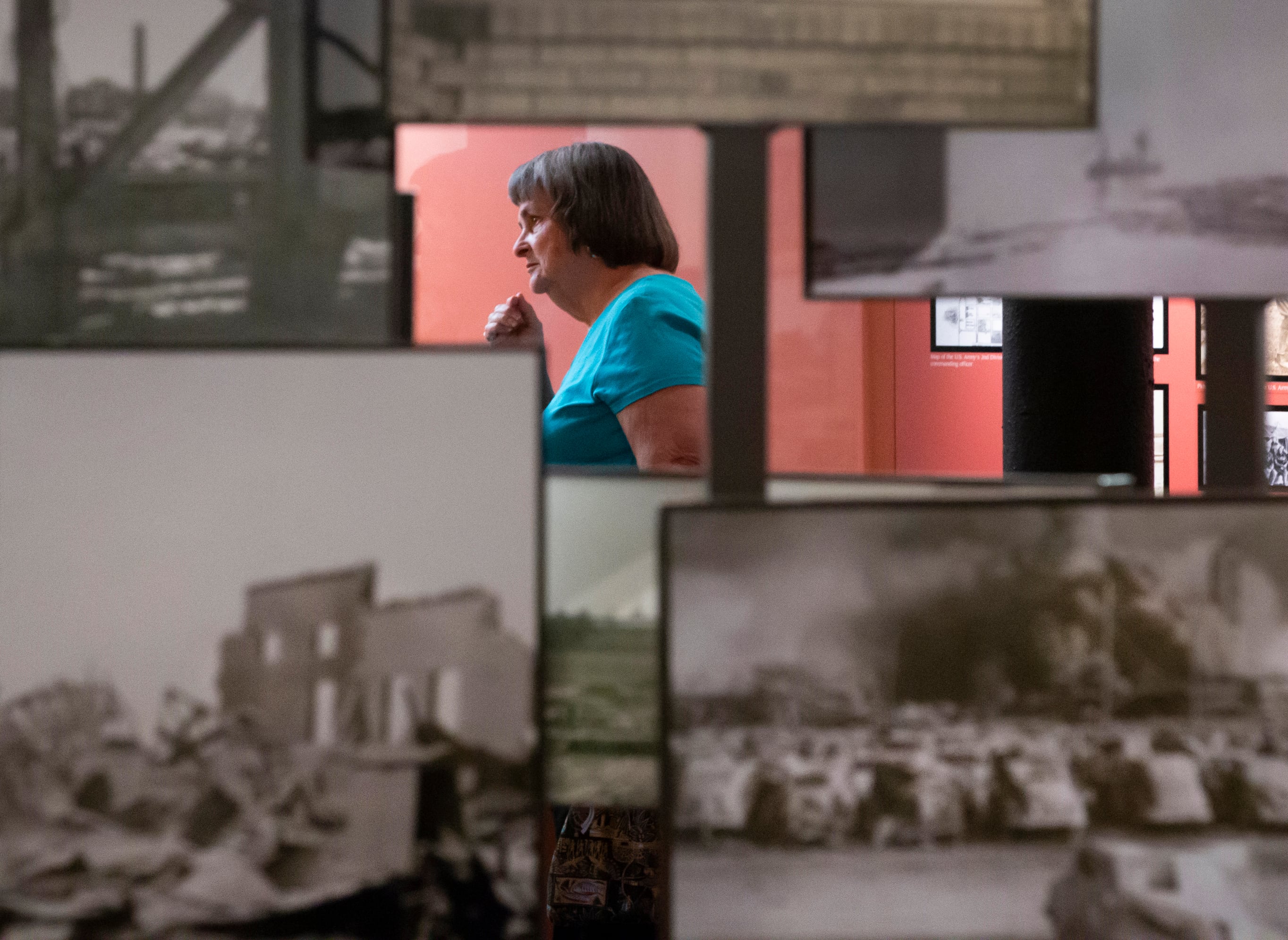TEXAS CITY, Texas — This week marks 72 years since thousands of lives were changed forever in the United States’ deadliest industrial accident, that day still seems fresh — remembered in vivid and awful detail — by those who lived through it.
"I was walking to school that day — we lived at the corner of Dock Road and Third Street," said Ernestine Garza Moreno, who was 17 at the time of the disaster.
“When I felt the first blast, by the grace of God, I cried out ‘save me’ and threw a coat over me. When I finally got up, everyone around was dead except for me.”
The Galveston County Daily News reports Moreno was one of about 100 survivors of the 1947 Texas City disaster who gathered Saturday to remember those who died that day.
The Texas City disaster, which began on April 16, 1947, was the deadliest industrial accident in U.S. history and one of the largest non-nuclear explosions.
It originated with a midmorning fire on board the French-registered vessel SS Grandcamp docked in the port carrying cargo of about 2,200 tons of ammonium nitrate when it detonated.
Shortly after, the High Flyer, another ship, exploded. The blasts were felt in Galveston. Houses were shaken off their foundations.
The initial blast and subsequent fires and explosions in other ships and nearby oil-storage facilities killed at least 581 people, including all but one member of the Texas City Fire Department.

For those survivors who attended Saturday’s anniversary remembrance of the disaster, the event left a mark, many physically.
"Ernestine and I were chopped up like hamburgers," said Billie Bell Lambert, who was 12 and at her home when the explosion happened. Lambert was referring to Moreno.
Half of Lambert's body was pinned under her house and the other half was under a door after the explosion, she said. The incident left her with a 5-inch cut across her forehead, a 6-inch cut to the bone on her left leg, glass throughout her body and four cut toes, she said.
"People lost so much," she said. "I really appreciate that they gather to remember not just those of us that survived, but also those that were killed."
George Cash Jr., now 95, had been working aboard the ship that caught fire on the Monday and Tuesday before the blast, but was working in a shop the day of the explosion, he said.
"When the ship blew up, it shot steel so high in the air it took almost a full minute to come down," Cash said. "It fell all around me.
“But it missed me just by that far,” Cash said, holding his hands a small distance apart to show how close a call it had been.

Although Cash escaped injury, both Lambert and Moreno went through several surgeries over many years in attempt to recover from their injuries, they said.
"The doctors to this day can't understand how I managed to walk after that," Moreno said.
Eugene Barefield, now of Carthage, was another injured in the blasts. He was working on a tugboat when the explosions happened, one forcing the wheelhouse's glass door into his back, he said.
Saturday was the second time Barefield made the journey back to Texas City to remember that historic day, he said.
Possibly the oldest attendee Saturday, Mattie Glenn, 104, had to walk all the way to Hitchcock from Texas City after the blast, said Eleanor Spells, her eldest daughter.
That’s more than 7 miles.





